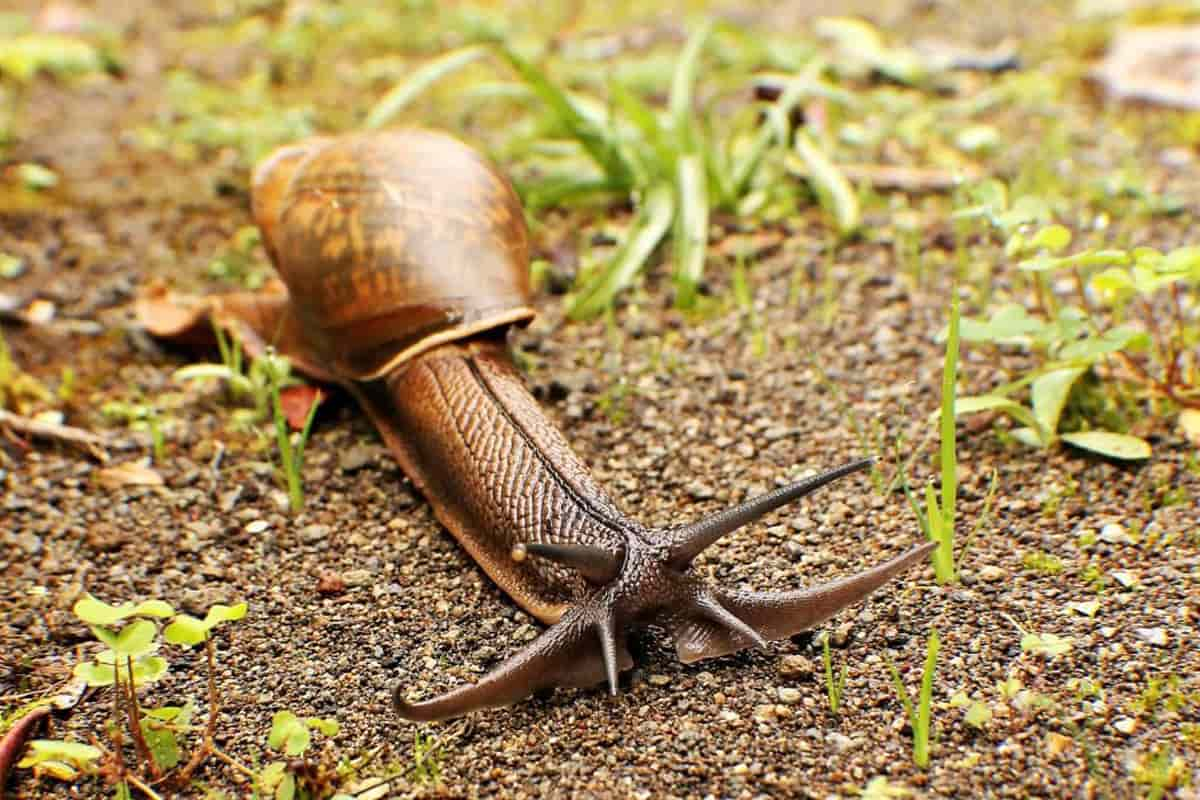A wolf in snail’s clothing
patrols the penumbra,
tentacles twitching
at the dappling of light.
Bathed in sunbeams
your mantle’s edge
begins to glow,
a brilliant white
reflecting the certitude
of your asylum.
Losing patience
the wolf retreats,
sliding back
to the darkness
from which we came.

This poem is inspired by recent research, which has used millimetre-sized computers to reveal how one species of Pacific Island land snail has used the sun to escape extinction.
The Society Islands of the South Pacific are an archipelago within French Polynesia in the central South Pacific Ocean. They were once home to at least 61 species of tree snail, but this changed dramatically during the second half of the last century because of human intervention and botched land management. The problems began when giant African land snails were introduced to the islands as a potential food source, but this new species soon escaped, bred, and began destroying local crops. As a result, the authorities tried to cull the giant African land snails by introducing a second snail, the rosy wolf snail (also known as the cannibal snail) to kill off the newly introduced pests. Unfortunately, the rosy wolf snails did not really fancy eating the giant African snails that they had been brought in to deal with, and instead chose to eat the local species of tree snails instead. This resulted in many of these species either going completely extinct or else having their populations decimated. One species however, Partula hyalina appeared to have largely survived this onslaught, for reasons that were not entirely clear.
In this new study, researchers hypothesised that the white shell of the Partula hyalina enabled them to occupy the forest fringes, an environment where they were then bathed in sunlight, something that other snail species (including the rosy wolf snail) cannot tolerate. This solar refuge theory was tested by using the Michigan Micro Mote, considered the world’s smallest complete computer, to monitor the snails’ behaviour. Researchers glued the computers directly onto rosy wolf snails but could not attach them to Partula hyalina because of its endangered status, so instead they placed them on top of and underneath the leaves where the snails rested. The researchers then measured light intensity by measuring how long each computer took to recharge using solar power, discovering that at midday Partula hyalina were receiving on average ten times more sunlight than the rosy wolf snails. It is therefore likely that the rosy wolf snails won’t venture to the edge of the forest even at night, as they would be unable to move back to a position of safety before sunrise. As well as providing an answer for the relative survival of the Partula hyalina, this research also highlights how miniaturized computers can be used in land management and conservation efforts.
Condensed matter science poem. Verbs create powerful overtones.
“sliding back to the darkness from which we came” uses an insightful philosophical metaphor. Read twice and marked for discussion in Scicomm class. One could also hear Wordsworthian notes too.
Thank you. This is most kind. 😀